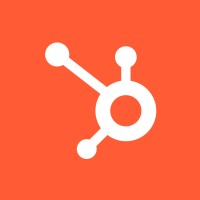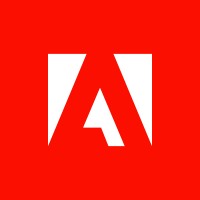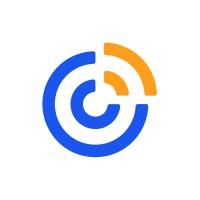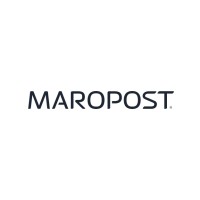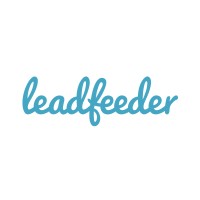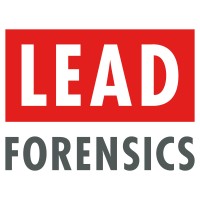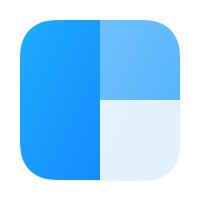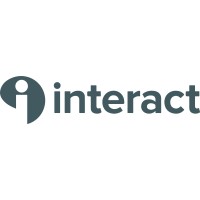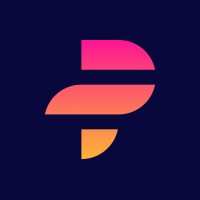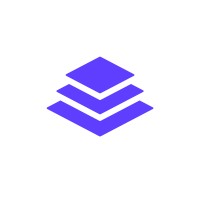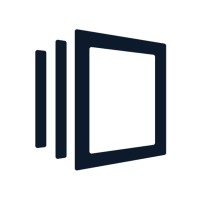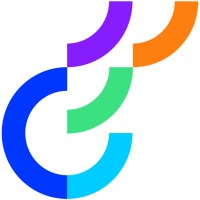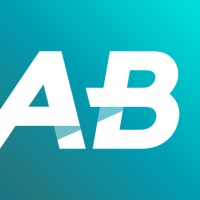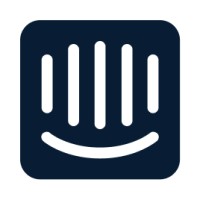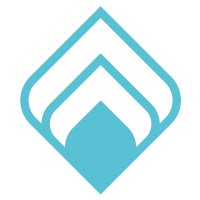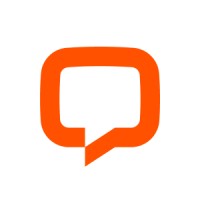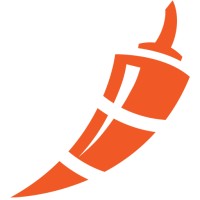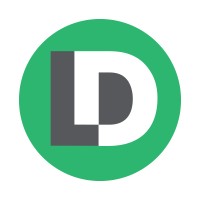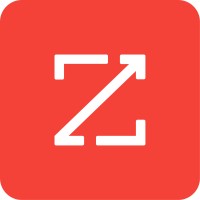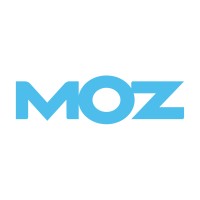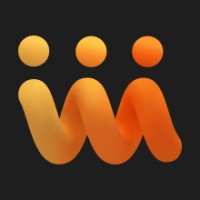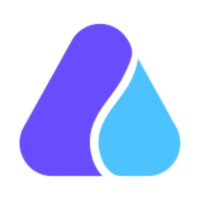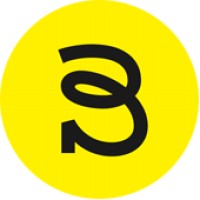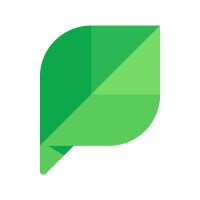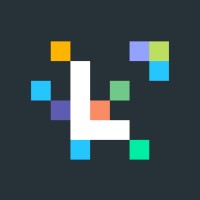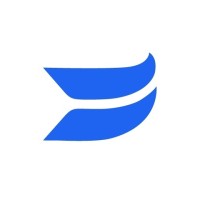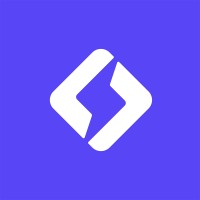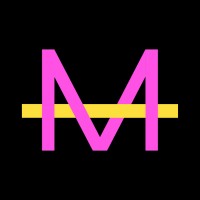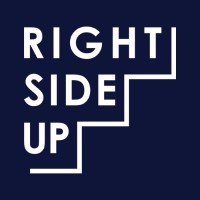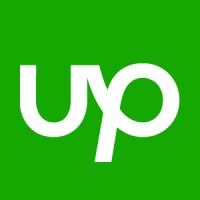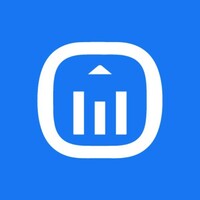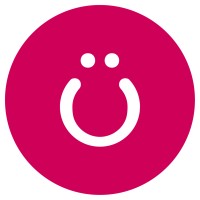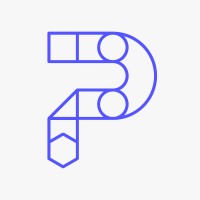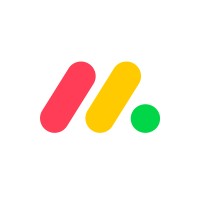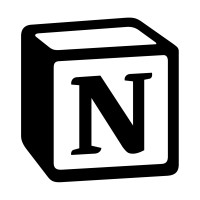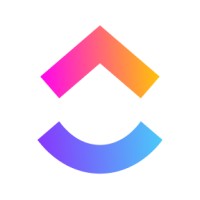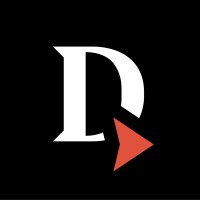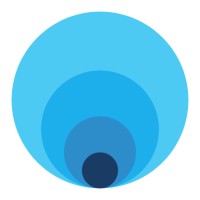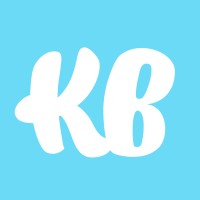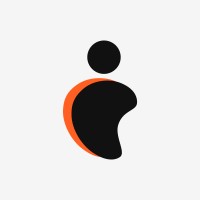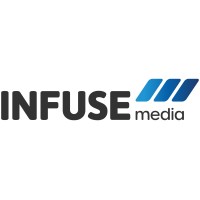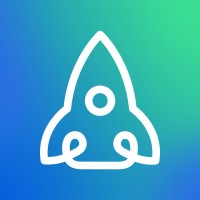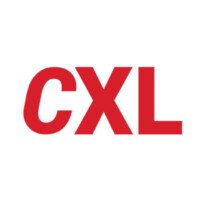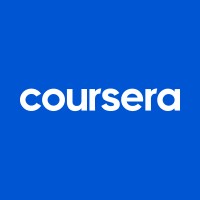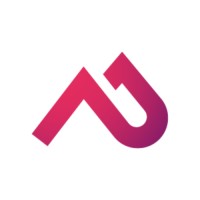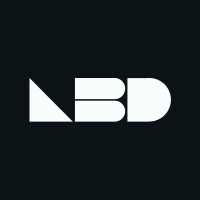Key Features of the Best Inbound-Led Software?
The best Inbound-Led Software has features tailored to support every stage of inbound marketing and sales:
- CRM & Marketing Automation Platforms like HubSpot Marketing Hub, ActiveCampaign, and Adobe Marketo Engage automate inbound marketing, sales processes, and CRM. They provide marketing automation at scale—critical for attracting and nurturing leads.
- Email Marketing Software such as Campaigner, Constant Contact, Intuit Mailchimp, and AWeber allow for personalized and automated email sequences, helping with customer engagement and nurturing prospects at scale.
- Email Validation Software like NeverBounce, Bouncer, and ZeroBounce ensure your emails are verified, improving your deliverability rate and protecting sender reputation.
- Website Visitor Identification Software such as Leadfeeder, Visitor Queue, and Lead Forensics help identify anonymous website visitors, turning them into actionable leads by providing the data your sales team needs to connect.
- Website Conversion Tools like Outgrow, Interact, Proof Pulse, Hello Bar, and Unbounce help marketers capture leads effectively through quizzes, popups, or custom landing pages, ultimately boosting conversion rates.
- Landing Page Builder Software such as Unbounce, Leadpages, and Instapage allows users to create optimized landing pages designed to convert.
- A/B Testing Tools like VWO, Optimizely, and AB Tasty are essential for improving conversion rates by testing different user experience hypotheses to see what resonates best with audiences.
- Marketing Chatbots like Intercom, Drift, Qualified, and Ada engage website visitors in real-time, answer common questions, and capture leads directly through conversational marketing.
- Lead Routing Software such as Chili Piper, LeanData, and ZoomInfo OperationsOS ensures leads are routed to the right reps promptly, speeding up response times and improving the handoff between marketing and sales.
Benefits of Inbound-Led Software?
The biggest advantage of Inbound-Led Software is how it enables buyers to discover vendors and self-educate on their options to increase the alignment between buyers and sellers.
There’s a saying that people love to buy, but hate to be sold to. Inbound-lef software helps vendors sell more software in a way that makes buyers feel like they’re in control of their buying process and aren’t being sold to.
These tools help create a seamless experience where potential customers find you organically through content, ads, or events. Once leads are captured, software like HubSpot Marketing Hub or Adobe Marketo Engage automates lead nurturing. Tools like ZeroBounce ensure your emails get delivered, while Unbounce helps optimize landing page conversion.
Together, they reduce friction, save on outbound costs, and make leads more receptive since they’ve chosen to engage.
Who Uses Inbound-Led Software?
Inbound-Led Software is used by a wide array of teams across marketing, growth, and sales.
Whether it’s lean startup teams using ActiveCampaign to scale inbound campaigns or mid-market companies leveraging Adobe Marketo Engage for large-scale marketing automation, the tools support a wide range of use cases.
Even B2B companies use Leadfeeder or Lead Forensics to identify and convert web traffic.
Anyone who wants to optimize lead capture, qualify leads, and efficiently nurture them through the funnel benefits from Inbound-Led Software.
What is it Like Implementing Inbound-Led Software?
Implementing these solutions requires thoughtful integration into your existing marketing and sales ecosystem.
Tools like Lead Forensics and Visitor Queue need proper setup to track website visitors effectively. HubSpot Marketing Hub and ActiveCampaign may involve a learning curve as you configure automation and CRM capabilities to work for your specific workflows.
It’s not instant gratification, but once the setup is complete, the result is a cohesive, inbound system that requires less day-to-day maintenance and more harvesting of inbound leads.
How Do Inbound-Led Software Compare?
The different categories of Inbound-Led Software each address distinct parts of the inbound process, but they all share some overlap:
- CRM & Marketing Automation tools like HubSpot Marketing Hub focus on end-to-end marketing and sales processes, while ActiveCampaign and Adobe Marketo Engage are better for those needing deeper marketing automation capabilities.
- Landing Page Builders like Unbounce provide customization and conversion-focused optimizations, while Leadpages offers a more guided approach to building high-converting pages with less effort.
- Website Analytics tools such as Hotjar and Similarweb both help analyze user behavior but serve slightly different purposes—Hotjar focuses on behavioral insights (heatmaps, session recordings) while Similarweb provides a competitive landscape analysis.
The best software to choose depends on your company size, your inbound strategy, and how much customization or scale you need.
Pricing: the cost of Inbound-Led Software?
Costs vary greatly depending on features and scalability:
- Email Validation Software like ZeroBounce and NeverBounce typically have pay-as-you-go pricing models, often affordable for smaller teams that just need to clean their email lists.
- Marketing Automation Platforms like HubSpot Marketing Hub and Adobe Marketo Engage can get pricey—ranging from $500 per month for basic packages to tens of thousands per year for advanced capabilities, depending on the number of contacts and features.
- Conversion tools like Proof Pulse and Hello Bar tend to be more budget-friendly, especially for smaller teams looking for simple, effective ways to capture leads without heavy investment.
For Landing Page Builders like Leadpages or Unbounce, you’re looking at anywhere from $50 to $200 per month, based on the plan and level of customization needed. Most of these tools also offer trials or freemium tiers, making it easier to test before committing.
My Experience Using Inbound-Led Software
In my 15 years as a B2B tech marketer, I’ve used many inbound-led software tools to drive more demand.
I’ve found Inbound to be particularly effective at low-to-mid-priced solutions (think low-5 figure ACV or less). Once you get above $20k-$30k ACV, I’ve found a hybrid approach of Inbound, Outbound, and ABM is most effective.
In my experience, a marketing automation platform, like HubSpot, is the foundational piece of software to run an inbound-led growth strategy.
From there, I’ve found landing page builders a good next step to help direct inbound leads to specific pages to increase conversion rates.
Beyond that, there are loads of solutions for different areas, from SEO software to website conversion tools.

